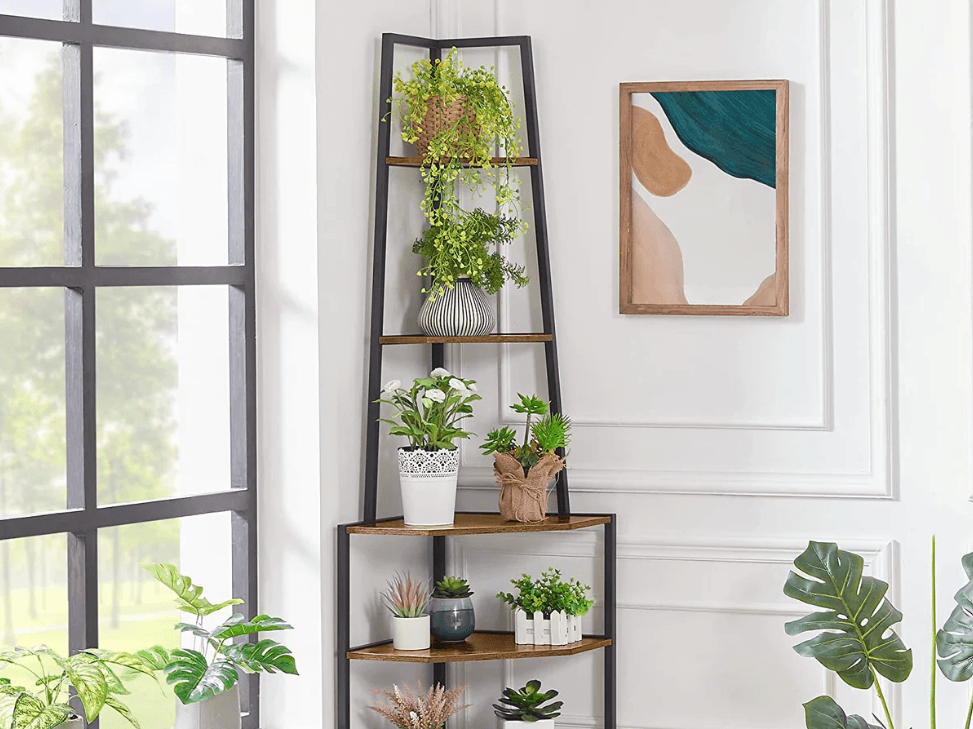Welcome back to another blog dedicated to our star, corner shelf! With how a corner shelf can serve your well-being demands said, here are some tips and tricks to help you choose the perfect corner shelf.
Corner Shelf Types
When it comes to corner shelves, there are various types to choose from. For all these shelf types, we can always consider whether DIY or bought ones suit your needs best. While these options sound simple enough, here are some of the caches for you to consider.
DIY vs Bought
One of the main considerations when it comes to choosing a corner shelf is whether to DIY or buy one. DIY shelves can be a great option for those on a tighter budget, or those who enjoy being creative and want to personalize their shelf to fit their specific needs. On the other hand, buying a corner shelf can provide convenience, guaranteed quality and ease of use.
While DIY has more degrees of freedom, one major cache is the physical and information restraint of building a fully-functioning shelf. A shelf can look like a simple enough project, but check whether you have all these at hand:
- You need to have the tools it takes: screwdrivers, wall drills, wood saws, and measuring tape to name a few.
- You need to know the exact structure of the corner where you want to place the shelf to ensure accurate measurements and fitting. For drywall in particular, you will need to have anchors that can support the weight of the shelf, for which you have to know the position of the struts.
- You also need to know the strength of the shelf material you use to avoid any accidents or collapse. Considering the load-bearing capacity of different types of wall mounts, brackets, or support is the basis of a safe-and-sound shelf.
If you decide to go with ready-made options, things can immediately get simpler. However, do keep in mind the specific measurements and space available as well as the load you intend the shelf to carry.

Freestanding vs Secured vs Floating
When it comes to choosing the style of shelves you intend to install, there are three major categories: freestanding, secured, and floating.
Most store-bought shelves come in freestanding or secured forms. After moving your brand-new freestanding shelf in or having it assembled, you can keep it wherever you want without it needing to be secured to a wall. This can be perfect for apartments with strict wall integrity rules. Also, a freestanding shelf means one that can be infinitely relocated later on at will. If you are experimenting with your interior space and want to retain maximum degrees of freedom, freestanding shelves can be your best bet.
Secured shelves are quite similar to freestanding ones, except they are required to be attached to walls or corners. This requirement essentially is a trade-off between flexibility and stability, so the sole point of such a choice is that you wish for an option that can benefit from both sides.
However, if you want a sleek design, floor clearance, or eternal placement, floating shelves can be the way to go. After all, what's better than a shelf levitating on your wall forever and even possibly boosting your property value?

What’s Next
All these factors boil down to a single essence: your detailed consideration of the purpose you wish your piece to serve, the style you wish to go with, and the time and effort you are willing to invest are what ultimately make a corner shelf fit best in your living space. Hope these points gave you a bit of inspiration, and as always, tell us what you think in the comment section down below. Thank you for reading!





